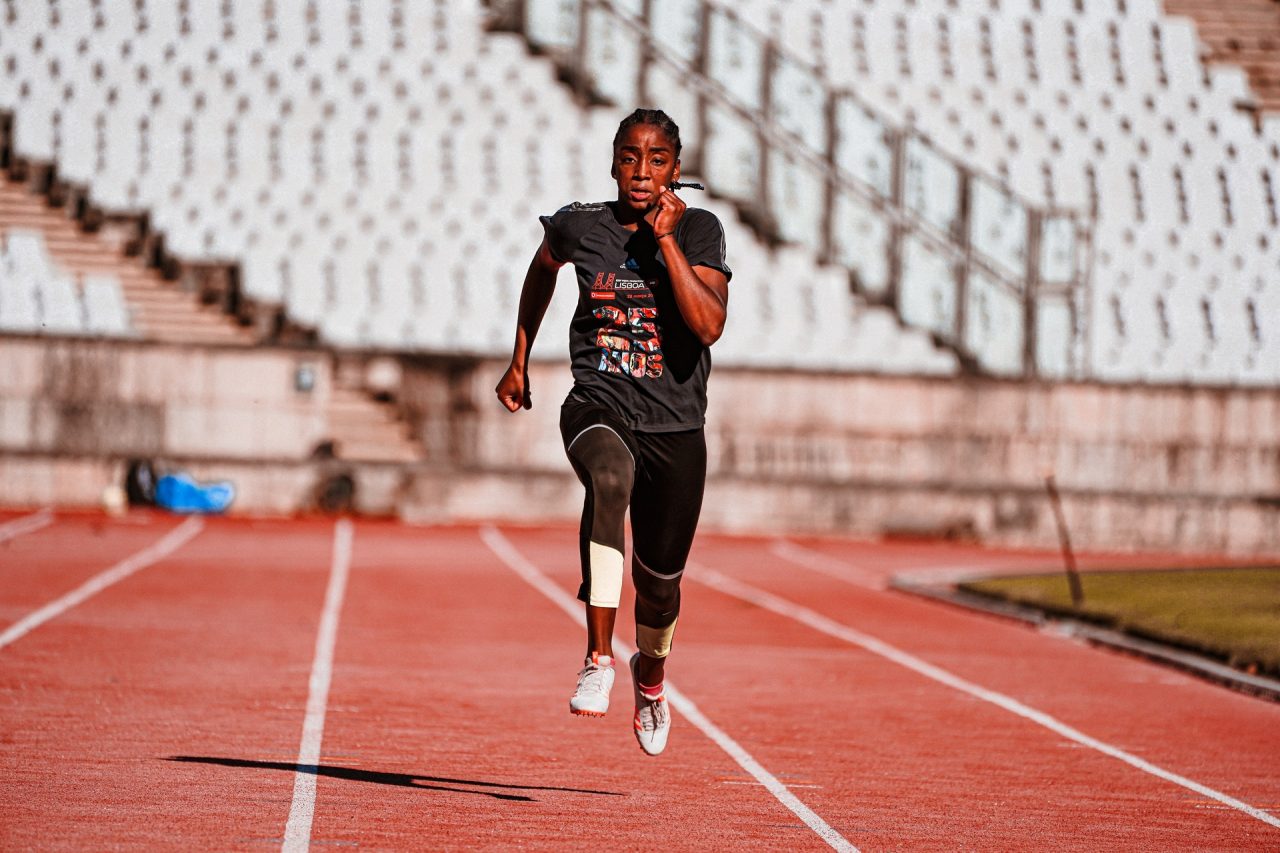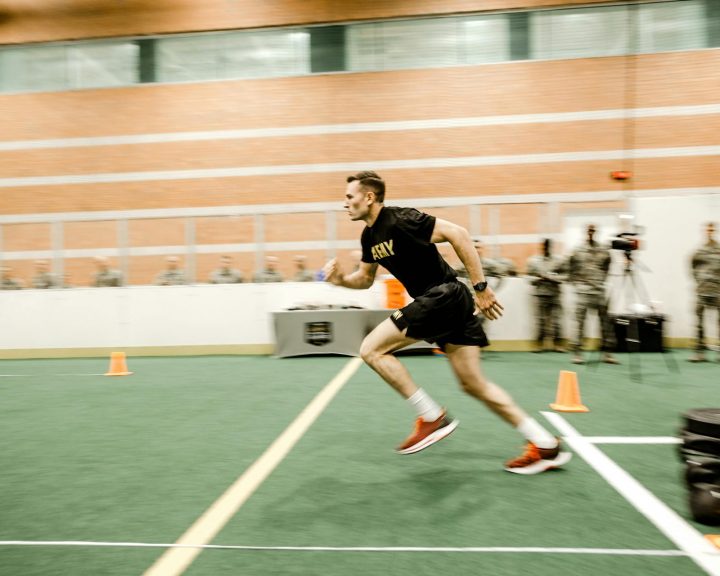When it comes to the training of speed, we have a number of interesting tools. These include tools that make sprinting more difficult (i.e. resisted sprinting) and tools that allow the athlete to move his/her limbs faster than they’d normally be capable of (i.e. assisted sprinting).
Resisted sprinting tools include things like sprinting on an incline, parachutes, weighted vests, weighted sleds, dragging tires, etc. In theory this type of sprinting requires the body to recruit more muscle fibers to accomplish the resisted sprint and this will eventually carry over to non-resisted sprinting, making the athlete faster. Research on this is extremely mixed showing that it is effective, but not necessarily more effective than non-resisted sprinting.
Assisted sprinting tools include things like sprinting downhill, sprinting on a high-speed treadmill, being towed, etc. In theory, this type of training makes the athlete’s limbs move faster than they would normally, which could eventually transfer over to non-assisted sprinting.
An article by Ozolin, from the 1978 edition of Sprints and Relays, provides insight on where these concepts came from. Ozolin was an accomplished pole vaulter for the USSR , a coach, and a researcher on training theory and sport science.
Ozolin’s article is two pages long, but it has had a significant influence on speed training. It begins with the premise that an athlete’s speed should continually increase with his or her training age. However, this often fails to happen due to incorrect training. According to Ozolin, incorrect training leads to the development of what he calls “dynamic movement stereotypes.” Essentially the athlete learns to move his/her limbs at a certain speed and is unable to learn to move faster. He calls this the speed barrier.
Ozolin feels that the speed barrier can be broken by applying essentially new exercises and intensities. The examples he provides are alternating between sprinting under more difficult conditions (i.e. resisted sprinting) and normal conditions and assisted sprinting. In the article, he also cautions on the need to establish a fitness base for the athlete prior to this type of training and taking a slow, progressive approach to this.
Some things should be pointed out about this article. Like many of these types of articles, there is no data – this is a piece of coaching philosophy, which is fine but as such it has limitations. A lot of us jumped on this concept because “the Soviets do it” and didn’t think it through.
It’s unclear what level athlete this applies to. This is really huge. If there is a speed barrier, I could see this applying to high level track and field athletes that have been training for 10-15 years. In other words, this is something for when the normal training methods stop being effective.
It’s unclear if this applies to athletes outside of track and field. An elite sprinter who has been training daily in the sprints for 10+ years may have very different needs than a high school football player, for example. I could easily see this concept applying to elite track and field athletes but not other types of athletes who may be lucky to train spreed 1-2 times a week.
Ozolin, N. (1978). How to improve speed. In Jarver, J. (Ed.). Sprints and Relays: Contemporary Theory, Technique and Training. Los Altos, CA: Tafnews Press, pp. 55-56. Originally printed in Legkaya Atletika, reference unavailable.
Revised November 17, 2024




